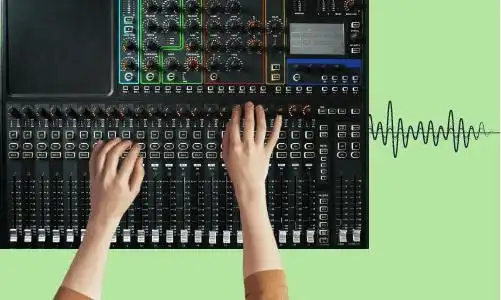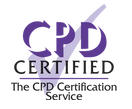
Learn the basics of
Sound Engineering
Complete this audio engineering course and obtain globally recognized skills in sound recording, editing, mixing, music composition, producing, surround sound and mastering.
38,710
Graduates
All levels
Certified

Course details
MODULE 1
Diploma in Sound Engineering
MODULE 1
Diploma in Sound Engineering
1.And Then There Was Sound: The History of Sound Recording
Learn about the history of sound recording, processing, reproduction and the influence of the technology on our current applications.
2.The Wonderful World of Sound
Get an overview of what a digital audio workstation (DAW) is, how to operate it and the fundamental principles of sound.
3.What do all the numbers mean?
An introduction to reading meters, time and tempo in DAWs.
4.Music Theory for Sound Engineers and Producers Part A
An introduction to pitch, timbre, musical notes, how to build chords, midi and velocity.
5.Real vs Digital Acoustics
Learn about sound propagation and the addition of spatial elements in a recording.
6.Microphones: The Secret to Beautiful Recordings
An introduction to the mechanics of microphone design and function, noise levels, polarity, and how to record a voice.
7.Clean it up!
Signal to noise ratios, remove unwanted noise and learn to read and reduce noise profiles in Audacity.
8.Feel the Pressure
An introduction to dynamic control through applying basic compression techniques.
MODULE 2
Intermediate in Sound Engineering
MODULE 2
Intermediate in Sound Engineering
1.Get it Right Every Time
Learn about intermediate composing, arrangement and mixing, and apply all skills from the previous lessons in module one.
2.Psychoacoustics: Say What?!
Learn how the human ear works, the aural properties of different frequency bands and the influence on our perception of sound, mixing and microphone placement.
3.Music Theory for Sound Engineers and Producers Part B
Learn how to use maj/min 7th chords and accompanying basslines.
4.I Got Rhythm
Learn how to grasp an understanding of rhythmic elements in music and how to use rhythm to highlight an emotive element.
5.Beat it!
Apply intermediate musical principles to compose an eight bar sequence of music.
6.How low can you go?
Learn the influence of bass on a mix, how to control the dynamics of kick and bass and how to balance the low-end in a mix. .
7.Housekeeping
Learn and revise best industry practices regarding workflow, arrangement and mixing.
8.Polish Your Track
Learn the use and application of time-based processing.
MODULE 3
AAdvanced in Sound Engineering
MODULE 3
AAdvanced in Sound Engineering
1.Advanced Acoustics: Improve Your Studio
Learn the fundamentals of sound proofing and improving room acoustics and design a professional studio.
2.Microphone Pairs and Placements
Gain an understanding of microphone pairs and its applications in this lesson.
3.Fix it in the Mix
Manipulate transients, pitch and timbre to improve time and pitch properties of recordings.
4.Hit it!
Learn best practices for microphone placement to record loud sounds like drums, saxophone and other impacts.
5.Music Theory for Sound Engineers and Producers Part C
Learn the importance of voice leading, counter melody lines and when to use it.
6.Audio Burgers: Stacking Layers
Understand matching different timbres and instruments to achieve aesthetic compositional goals.
7.The Movies Aren't Real! Part A
An introduction into recording dialogue and dialogue replacement for film.
8.The Movies Aren't Real! Part B
Learn how, when and where to add sound effects to video, and how to make your own.
MODULE 4
Proficient in Sound Engineering
MODULE 4
Proficient in Sound Engineering
1.Sound is Everywhere
An introduction to surround panning and mixing.
2.Advanced Music Theory and Composition
Learn advanced musical nuances and techniques to emphasise emotive music.
3.Understanding Loudness
Differentiate between true peak, rms, integrated and momentary loudness.
4.Introduction to Mastering
Understand the differences in approach when mixing compared to mastering.
5.Balancing the Mix: EQ
Learn how to apply equalisation in mastering.
6.Learn to Listen: Compression
Learn how to apply compression in mastering and achieve a target integrated loudness.
7.Put a Cap On it: Limiting
Learn how to apply limiting to achieve a target integrated loudness and deliver your promo video in its final format.
8.Mastering Insights
A deep look at noise profiles created by different software limiters, formats and compression techniques used by audio engineers and streaming services.
